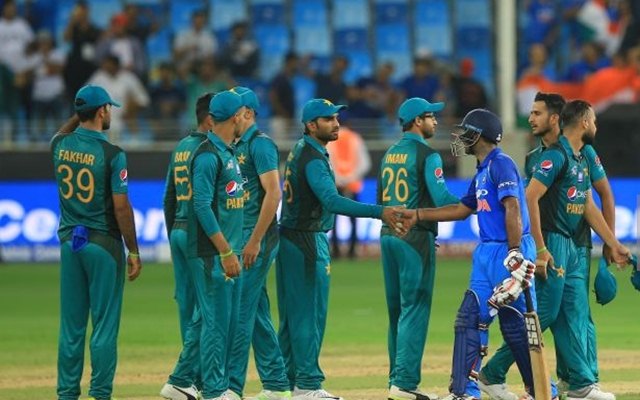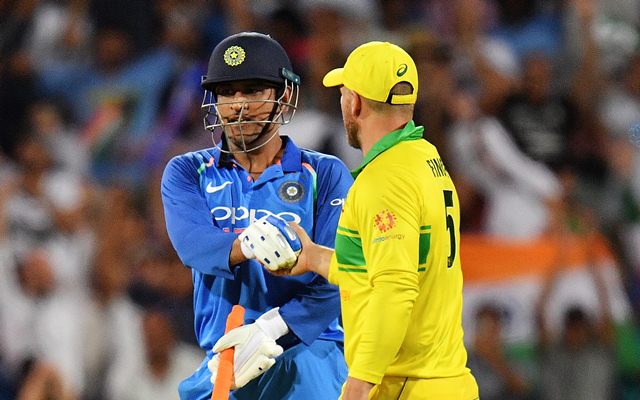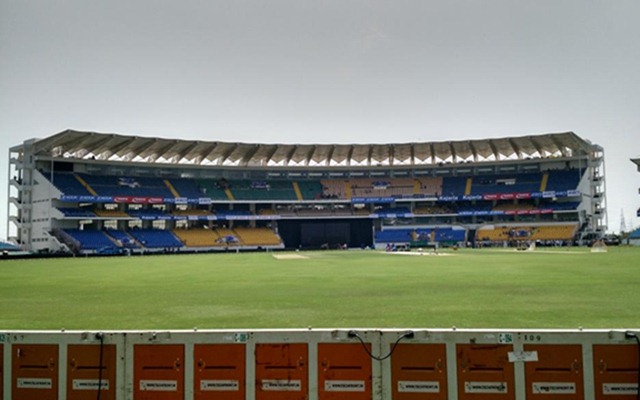5 ways in which International Cricket may change post COVID-19 pandemic
Cricket will not be the same in the post-pandemic era.
View : 3.4K
2 Min Read



The COVID-19 pandemic has taken the world by storm and has brought life throughout the world to a standstill. The highly infectious nature of Coronavirus and massive infestations led to the suspension of many economic and commercial activities throughout the globe. Even the sports sector could not remain immune to the devastating effects of this deadly virus.
As soon as the effects of the pandemic start wearing down, the sporting events along with other activities, both cultural and economic will resume in various countries. The Cricket boards across all the nations will try to make up for lost time and revenue. Along with the resuming of these activities, ample care would have to be taken to prevent any further outbreak of the disease.
Thus, at least for a few months after the resumption of sporting activities, there will certainly be various restrictions in conducting these events. It is safe to say that cricket will not be the same during these few buffer months.
Here we discuss 5 ways in which International cricket may change post the COVID-19 pandemic:
1. Touring cricketers may have to arrive one month prior to the start of series
![]()
The most important factor affecting the International Calendar of the ICC post the pandemic will be the mandatory quarantine period for the travelling cricketers. Amidst the lockdown in various countries, international travel is suspended to a large extent and it is reasonable to assume that even after the restrictions are lifted, the tourists/travellers will have to undergo quarantine period while visiting another nation.
This situation puts the International sport in a particularly difficult position. Any country hosting another team would not risk the lives of its citizens for a bilateral series. Thus, players will have to undergo the prescribed isolation period in that particular nation before being allowed to enter the cricket field. Hence, the cricketers may have to arrive at least a month before the cricketing action begins like the West Indies has done now.
On the face of it, such a condition may seem cumbersome and tedious. However, it may also allow the players to get acclimatised to the conditions of the host country. And hence, the problems similar to those suffered by English players last year while touring South Africa (illness outbreak among the players) may be avoided.
2. More than one International match for the same team on a single day

As soon as the pandemic is brought under control, International cricket is expected to resume with great zeal and vigour. Cricket boards across the world will be looking forward to making up for the lost time. Thus, it is expected that many boards may field different teams for multiple matches to be held on a single day.
This means that it is possible that a single country may play more than one international match on a single day. We may see a Test Match and a T20I between the same teams on the same day. Many cricket experts throughout the globe have already listed out their preferred squads if a team takes the field in multiple matches in a single day.
This revised International schedule may prove to be a boon for the youngsters who were waiting in the wings before the pandemic, to make their case for permanent inclusion in the national squad. The youngsters would get enough chances to showcase their skills on an international level. Inevitably, the competition for spots in the regular playing XI will increase.
3. Less or no crowd in the stadiums because of Social distancing

Even after the situation eases out, the authorities are expected to take measures to prevent the pandemic from surfacing again. Thus, after a few months of the beginning of cricketing action, the stadiums may not be allowed to be filled to their full capacity in order to respect the social distancing norms. A provision may be made to keep a certain amount of seats vacant between people.
There is a possibility that for a brief period, entry of spectators to the stadium may be prohibited and matches are played behind closed doors. In such a situation, everyone will have to watch the match from the digital stream only. Such a move is expected to cut the revenue for the boards as well as the host associations leading to losses.
The Indian Premier League (IPL) is likely to be most affected by this move. The matches in the cash-rich league usually fill the grounds up to the brim. Thus, such a move may bring the action back to the fans, but at the cost of live cheering in the stadiums.
4. Discontinuation of post-match handshaking and limited celebrations

During this crisis, people were made aware of various ways in which they can protect themselves and reduce the transmission of the virus to a certain extent. One of the major ways in which such transmission can be reduced is by lowering the physical contact among people as much as possible. One may not notice it, but there is a lot of customary contact between players in the cricketing field.
Primarily, players usually shake their hands after the conclusion of the match as a gesture of respect towards the other team. Also, after a wicket is taken by a bowler or a milestone is achieved by a batsman, players usually celebrate by embracing each other, hugging and shaking each others’ hands. Such contact may be prohibited for a few months post the pandemic.
In such a situation, players will have to look for other gestures in order to show their appreciation or respect. We may see fist bumps and thumbs up replace hugging and shaking hands as a symbol of camaraderie shared between the players.
5. Hand-sanitising stations beyond the boundaries

If there is one thing this pandemic has taught us, it’s about valuing our life and taking good care of our hygiene. Needless to say, such values may also be shared by Cricket boards and other match organisers. Thus, we may see them taking various measure to ensure proper hygiene of players throughout the match.
One of the best ways to ensure proper health and care during the match is to provide for hand sanitising stations beyond the boundaries and in the dugout for regular cleaning of hands. Fielders usually come in contact with the ground and the ball many times during the match and unlike the batsman, are bare-handed. Thus, it would be wise to install hand-sanitising stations at the boundaries.
Alternatively, another measure that may be taken to promote proper health could be to introduce hand-sanitising breaks in the match. Similar to drinks break, they would be held after regular intervals in which players would sanitise their hands before resuming with the match. Such steps could easily ensure sterility during the match.
Download Our App